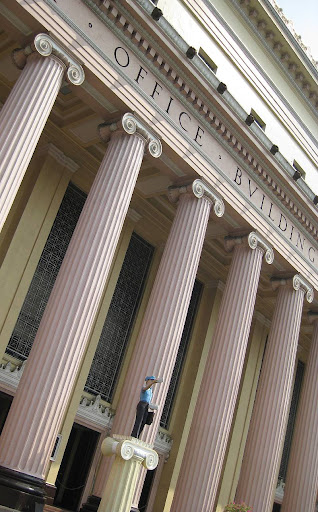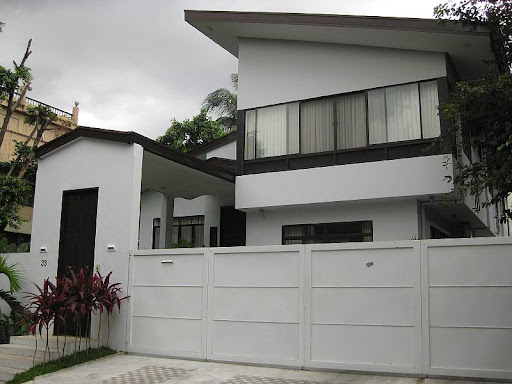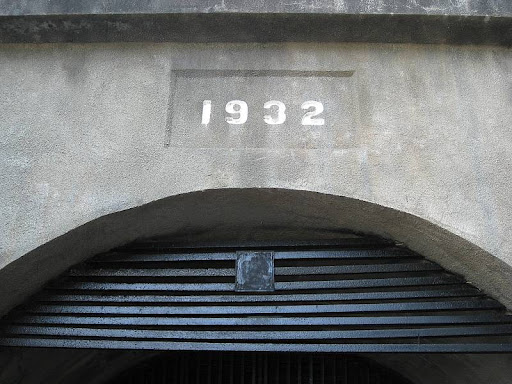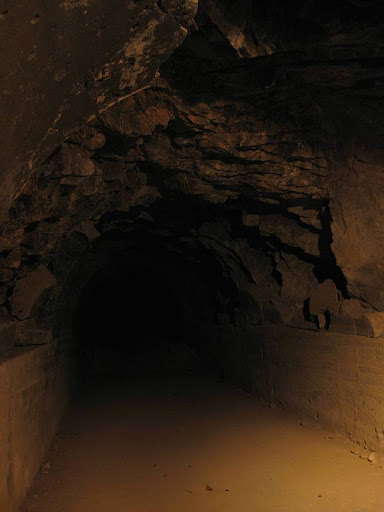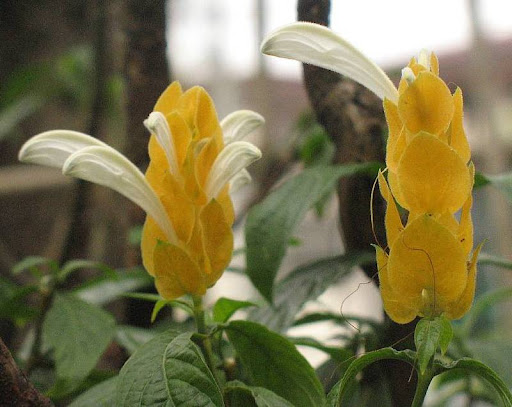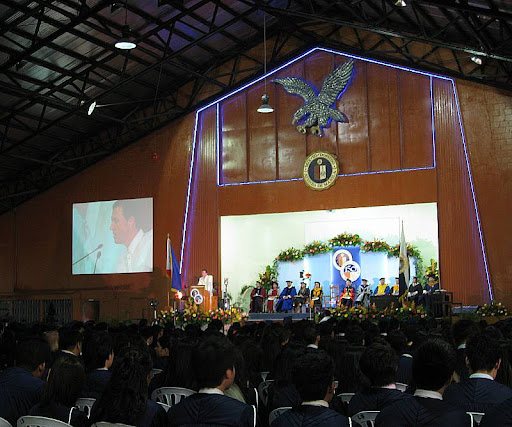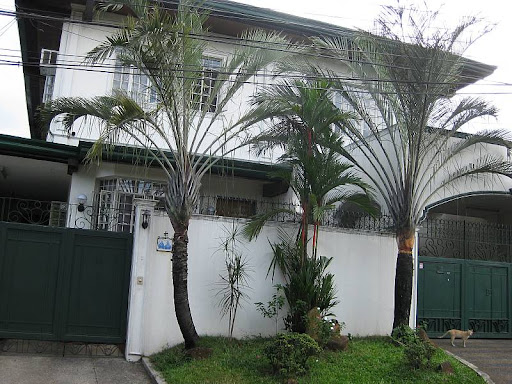I am going to break the rules of
CDP again today and in the next few days. Yesterday, my husband and I took a day trip to
Corregidor Island in the province of
Cavite. Corregidor is a tiny, tadpole-shaped island which sits at the entrance of
Manila Bay. Because of its location, it has always been strategically important in the defense of Manila and it played a large role during the
Pacific War, that part of WWII which took place in the Pacific Ocean especially against Japan during the reign of
Emperor Hirohito. The Philippines was a Commonwealth under the United States at the time, and many American soldiers were killed alongside Filipino troops during the
Battle of Corregidor, the last battle to keep the Japanese Imperial Army from getting access to Manila Bay. Everything on the island was destroyed or heavily damaged during the war and all the ruins are being maintained by the Corregidor Foundation. A regular U.S. army post on Corregidor Island was established in 1908 and named Fort Mills, in honor of Brigadier General Samuel Meyers Mills, Jr., Chief of Artillery of the U.S. Army from 1905 to 1906. This was the Headquarters and Chapel.

The Middleside barracks could accommodate 3,000 soldiers—1,000 on each of its three levels.

Another view of the Middleside barracks from a completely collapsed end. When I said that the Corregidor Foundation maintains the ruins, I meant exactly that: they are trying to keep the ruins as they were at the end of the war. Notice the struts that are keeping the second-story wall in place. You can also glimpse the white beams in the third-story rooms that are holding the roof up.
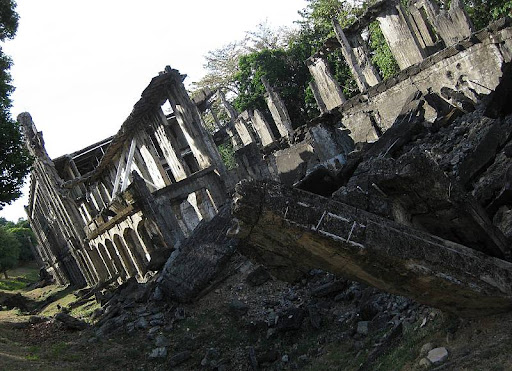
The Mile Long barracks could accommodate 5,000 soldiers. It was actually less than a third of a mile long, but it was still one of the longest in the world, hence the soldiers' nickname for this Topside barracks. This end was heavily bombarded by the Japanese because they had heard that General
Douglas MacArthur, Allied commander in the Philippines, was using it as his headquarters. Yes, he was, but he wasn't in the barracks at the time of the bombardment.
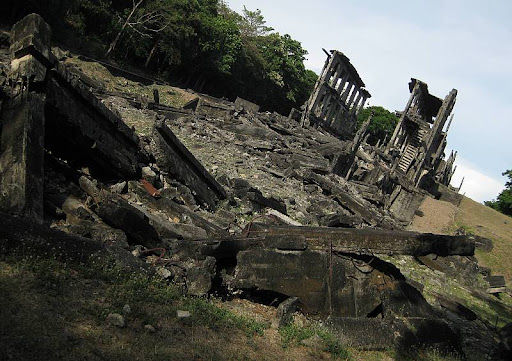
Like any other U.S. military base, Corregidor Island also had recreational and entertainment facilities for the troops stationed there. This was the local '
Y.' And I didn't notice them during the tour, but I'm seeing depressions in the field in this photo. I'm thinking that they must have been caused by artillery shells.

And this was Cine Corregidor, a movie theater.

Another view of Cine Corregidor, this time from inside the building. I'm at the stage area looking towards the entrance. The theater obviously had an upper balcony. Can you imagine how grand it must have been before the war?

There are many more interesting ruins in Corregidor, but the tour was running on a tight schedule and honestly, half a day is not nearly enough time to visit everything. To do so, you'll have to hire your own guide and vehicle, and stay on the island for at least two days.
CORREGIDOR ISLAND SERIES #1 OF 7
